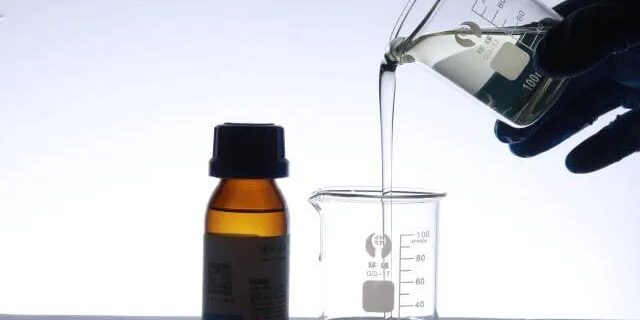How do water-based defoamers reduce surface tension and disperse gas bubbles?
How Water-Based Defoamers Function: A Deep Dive into the Process
To completely comprehend how water-based defoamers function in lowering surface tension and dispersing gas bubbles, a discerning exploration into the detailed working mechanism of these substances is warranted.
The Role of Surface Tension in Foam Formation and the Defoaming Process
Surface tension plays a significant role in both foam formation and its removal. When a liquid forms bubbles or foam, the phenomenon signifies a relatively high surface tension. The creation of foam implies that a fraction of the gas present within the liquid is trying to escape but is unable to break free due to high surface tension acting as a barrier.
Water-based defoamers get to work by lowering this surface tension. The water-based defoamers are an emulsion, which means they have two incompatible substances existing as a colloidal mixture. In most cases, the principal active ingredient is a silicone-based substance or oil, with water serving as the continuous phase of the emulsion.
This primary ingredient is naturally incompatible with water. However, it is capable of migrating toward foam due to its hydrophobic (“water-fearing”) properties. Upon reaching the foam, this active ingredient reduces surface tension at the gas-liquid interface, leading to bubble collapse and consequent foam breakdown.
The Role of Water-Based Defoamers in Gas Bubble Dispersion
Understanding how water-based defoamers assist in gas bubble dispersion requires some knowledge of a fundamental physical principle: the Marangoni Effect. In simpler terms, the Marangoni Effect explains the flow of liquid driven by surface tension gradients.
When water-based defoamers are integrated into a foaming medium, the surface-active particles, or defoamer droplets, reduce the surface tension in their immediate vicinity. This reduction creates a surface tension gradient between the defoamer affected area and the surrounding liquid.
This difference in surface tension triggers liquid movement from regions of low surface tension to regions of higher surface tension, i.e., from the defoamer affected area to the adjacent liquid. This motion exerts a force on the trapped gas bubbles, causing them to move, combine, and eventually collapse.
To summarize, water-based defoamers function as an active agent against foam by lowering surface tension and promoting the dispersion of gas bubbles. The lowering of surface tension helps in the breakdown of the foam, while the dispersion of gas bubbles allows for the escape of more gas from the liquid. With these combined effects, the defoamer helps to maintain the efficiency of various industrial processes by preventing the accumulation of disturbing foam.
FAQ
-
What part does surface tension play in foam formation and in its removal by defoamers?
- High surface tension in a liquid leads to foam formation as the gas within the liquid finds it difficult to escape. Water-based defoamers work by reducing this surface tension, causing foam bubbles to collapse.
-
What do water-based defoamers consist of?
- Water-based defoamers are an emulsion made up of two incompatible substances. The principal active ingredient is typically a hydrophobic silicone-based substance or oil, with water as the continuous phase of the emulsion.
-
How does the principle of the Marangoni Effect explain the bubble dispersion by water-based defoamers?
- The Marangoni Effect explains the movement of liquid caused by surface tension gradients. Water-based defoamers create this gradient by lowering surface tension in their immediate vicinity, causing liquid motion away from the defoamer-affected area, leading to the movement and collapse of gas bubbles.
-
What is the primary function of water-based defoamers?
- Water-based defoamers primarily function to mitigate foam by lowering surface tension and promoting the dispersion of gas bubbles, thus preventing the accumulation of foam that could hamper industrial processes.
Summary
Water-based defoamers operate by reducing surface tension- the main culprit causing foam formation. The hydrophobic active ingredient in defoamers migrates towards foam, lowering the surface tension, resulting in foam breakdown. These defoamers also aid in gas bubble dispersion by employing the Marangoni Effect, by creating a gradient in surface tension that instigates a liquid movement leading to the movement and collapse of gas bubbles. In essence, water-based defoamers serve as an efficient solution to prevent the accumulation of foam in different industrial applications.
Water-based defoamers operate by reducing surface tension- the main culprit causing foam formation. The hydrophobic active ingredient in defoamers migrates towards foam, lowering the surface tension, resulting in foam breakdown. These defoamers also aid in gas bubble dispersion by employing the Marangoni Effect, by creating a gradient in surface tension that instigates a liquid movement leading to the movement and collapse of gas bubbles. In essence, water-based defoamers serve as an efficient solution to prevent the accumulation of foam in different industrial applications.







